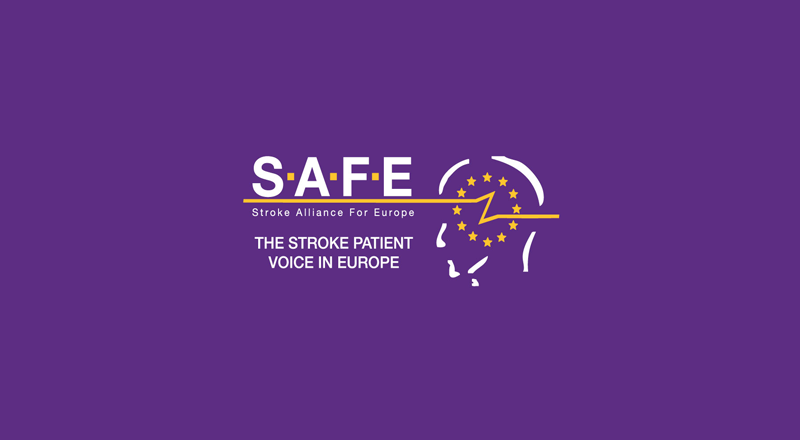By Honor Whiteman
Published on www.medicalnewstoday.com
The risk of stroke could be increased by more than a quarter for people who experience migraine with aura. So concludes a twin study recently published in the journal Brain.
According to the Migraine Research Foundation, around 39 million children and adults in the United States are affected by migraine, a disorder characterized by the recurrence of moderate or severe throbbing pain on one or both sides of the head.
Around 25 percent of people with migraine experience aura, which is a set of neurological symptoms that accompany headache.
Neurological symptoms include visual disturbances, such as colored spots or temporary blindness, dizziness, numbness or tingling on one side of the body, and speech difficulties.
A number of studies have indicated that people with migraine – particularly people who experience migraine with aura – are at greater risk of stroke.
For the new research, co-author Dr. Maria Lantz – of the Department of Clinical Neuroscience at Karolinska Institutet in Sweden – and colleagues investigated whether familial factors might play a role in the possible link between migraine and stroke, as few studies have controlled for this factor.
Stroke risk increased by 27 percent
Dr. Lantz and colleagues analyzed data from the Swedish Twin Registry, identifying more than 53,000 twins who were born between 1935 and 1958 or between 1959 and 1985.
Using data collected from headache questionnaires, the researchers found that a total of 8,635 twins experienced migraine, of whom 5,082 had migraine without aura and 3,553 had migraine with aura.
Over an average 12 years of follow-up, there were 1,297 stroke incidents among the twins.
Compared with twins who did not experience migraine, twins who experienced migraine with aura were 27 percent more likely to have had a stroke during follow-up.
No increased stroke risk was found for twins who had migraine without aura, they report. These findings remained after accounting for a number of stroke risk factors, including blood pressure and smoking status.
Read the full article here.





